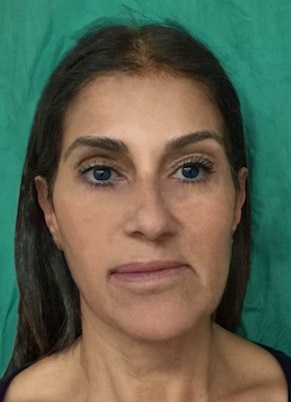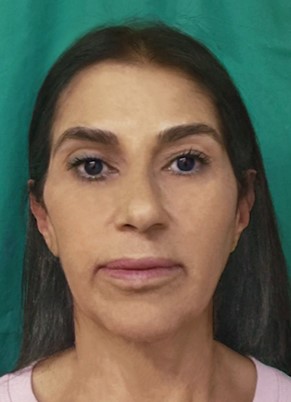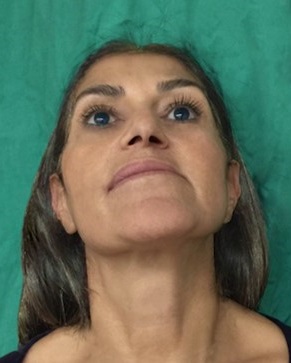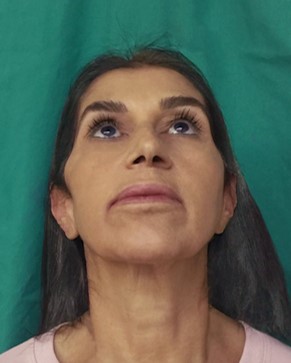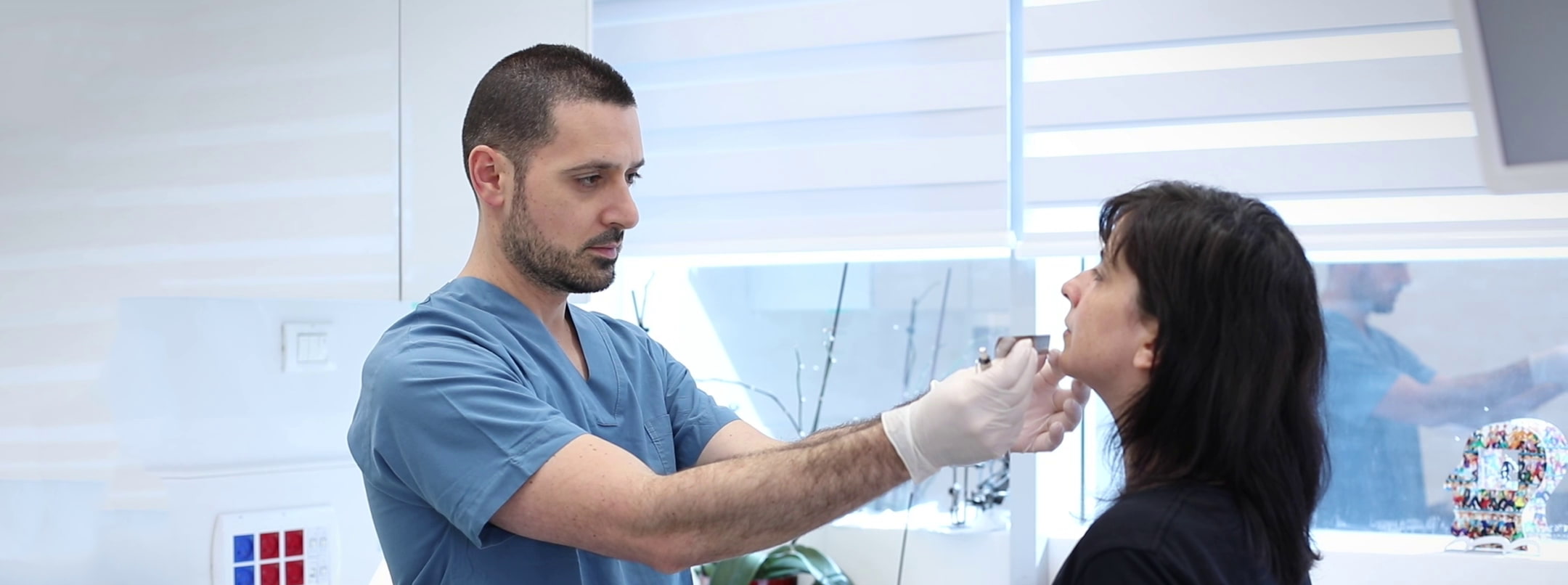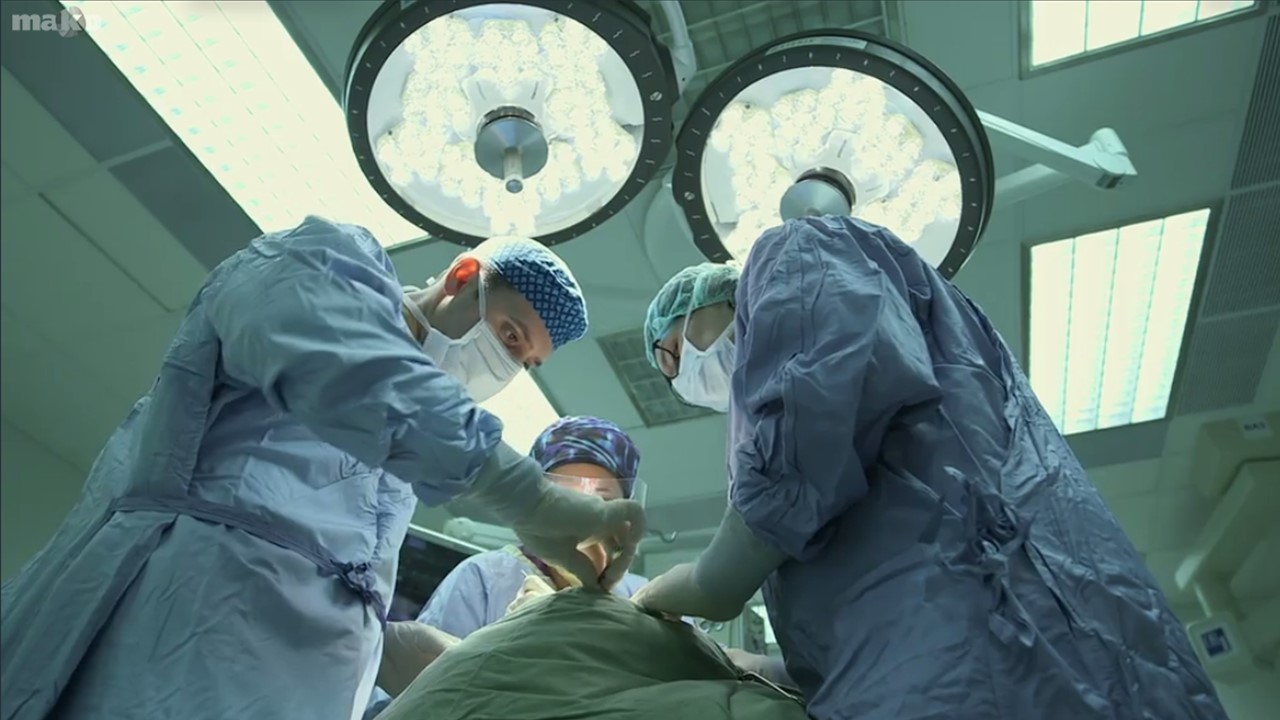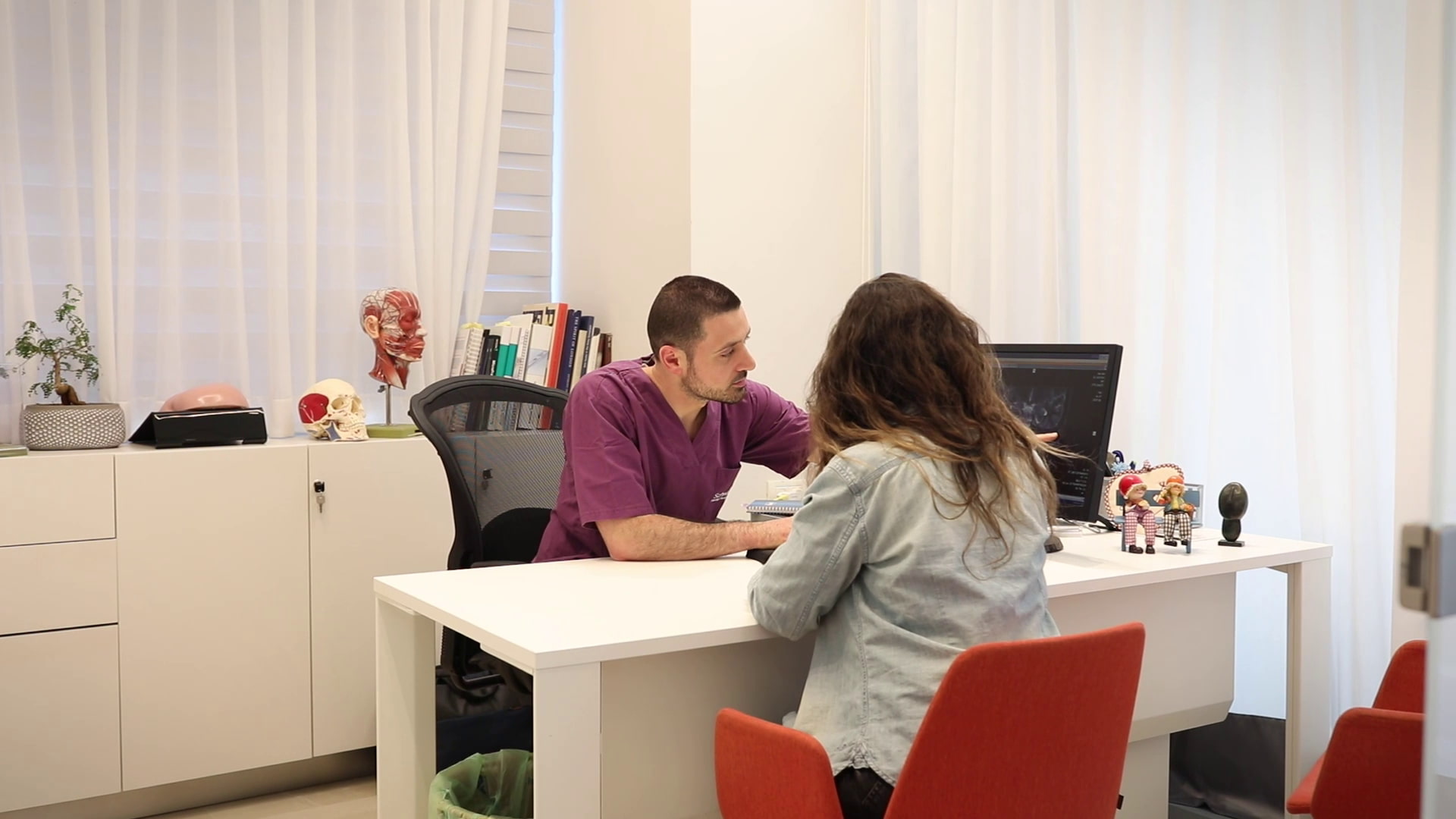
# Condylar hyperplasia
The upper part of lower jaw that articulates with the skull and forms the temporomandibular joint is called the condyle. The right and left condyles are the growth centers for the whole jaw and lower third of the face. If there is a problem with the jaw joints during growth and development, undergrowth or overgrowth of these bones may occur. Condylar hyperplasia is a condition in which the condyle grows excessively and causes excessive growth of the bone. The phenomenon is usually unilateral and causes deviation of the lower jaw to the opposite side. In addition to the deviation of the lower jaw, compensatory changes also occur in the upper jaw, the teeth, and the soft tissue envelope of the face.
The disorder usually begins at the beginning of puberty, but because the rate of the hyperplastic growth is usually slow, jaw deviation becomes noticeable only at mid- to late- teen years. In addition to complaining of deviated lower jaw and asymmetry of the face, there can be complaints of difficulty chewing, joint clicking, and pain in the jaw joints.
The only treatment that can stop the hyperplastic growth is surgical and is called condylectomy. The operation involves removing several millimeters from the bony head of the affected condyle, which leads to arrest of growth of the joint. The surgery can also achieve a partial correction of the asymmetry. Some patients will need orthodontic treatment and complementary orthognathic surgery to achieve perfect symmetry of the jaws and face.
